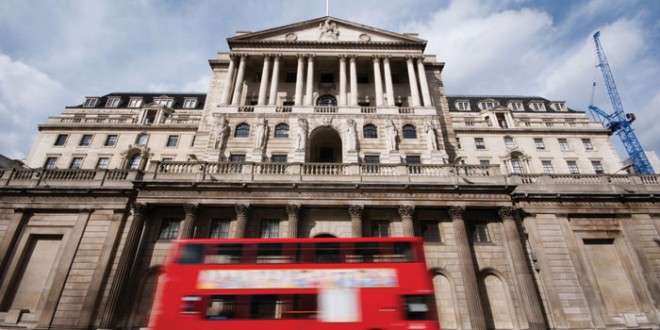Threadneedle Street is writing to the firms it regulates after reviewing the consumer credit sector, where lending is growing at 10.3% a year – outpacing the 2.3% rise in household income.
The bank is calling on firms to look at the terms under which they are granting 0% balance transfers on credit cards and the basis on which they are issuing personal loans, and to consider the impact of a fall in value of a car when providing vehicle finance.
Its regulatory arm, the Prudential Regulation Authority, found that while the current pace of growth was not being driven by a relaxation of lending standards, it was concerned that to achieve their future plans they would have to do so.
The PRA found “that the resilience of consumer credit portfolios is reducing, due to the combination of continued growth, lower pricing … And some increased lending into higher-risk segments”.
The statement issued on Tuesday followed the Bank’s announcement last week that lenders would be required to put aside £11.4bn of capital to help prepare for any rise in bad debts from consumer lending.
Providing more information on that decision, the Bank said its financial policy committee (FPC), which looks at risks in the financial system, had recently discussed the risk that lenders “might be placing excessive weight on recent good performance in this sector, given that the current environment was likely to have improved the credit scores of borrowers”.
Threadneedle Street said banks were themselves the best way to protect against rising consumer credit. “The FPC agreed that firms remained the first line of defence against these risks. Effective governance at firms should ensure that risks were priced appropriately and benign conditions did not lead to complacency by lenders.”
The Bank asked for a series of information from lenders, including – on the eve of the tenth anniversary of the last interest rate rise, – “whether today’s ‘new generation’ of borrowers (without experience of higher interest rates environments) has implications for their credit-scoring models”.
Car finance, the fastest growing part of the consumer finance sector, is being driven by personal contract purchase deals which now make up 80% of the market. The Bank said a fall in car prices could lead to a surplus of vehicles coming on to the market which could mean losses for lendersand asked lenders to analyse the impact on capital from each incremental 10% fall in car prices.
The Bank’s data showed that in the credit card market, the average term on zero-balance transfers has more than doubled to nearly 30 months, and its latest report was published as TSB cut its rates on loans between £5,000 and £7,499 to a market-leading 3.3% APR.
The Bank said, though, that the practices the industry followed before the 2008 crisis were no longer being adopted. Credit card write-offs were 6.5% in 2006 and 2007 – more than double the current rate.
The PRA – which regulates 40% of providers of car finance and 80% of the credit card market – looks at the consumer finance market from the perspective of the lenders. The impact on borrowers is considered by the Financial Conduct Authority, which is scheduled to provide an update on its views later this month but on Tuesday told firms to scrutinise their bonus schemes. “We expect firms to understand the effects their staff incentives might be having,” said Jonathan Davidson, executive director of supervision at the FCA.
 Trade Forex Forex and Commodities News
Trade Forex Forex and Commodities News



